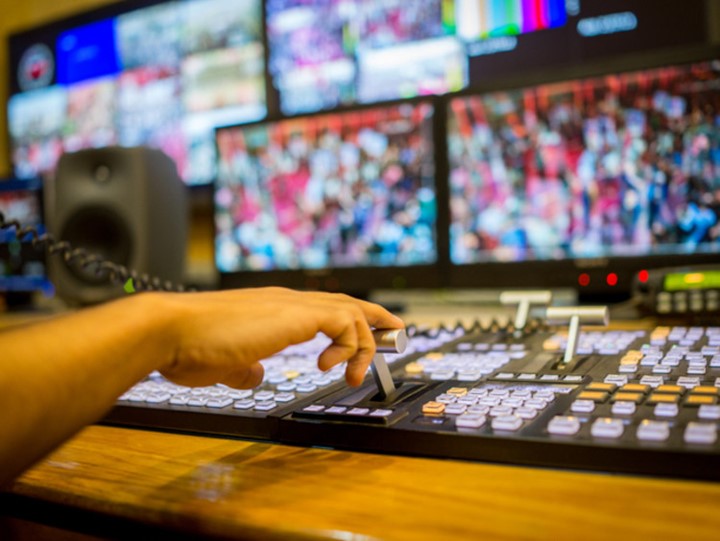Mastering the Art of Flawless Film Mapping on Arched LED Screens for Stunning Visual Audience Experiences
Mastering the Art of Flawless Film Mapping on Arched LED Screens for Stunning Visual Audience Experiences
Blog Article
Video mapping is an exciting technique that enables visuals and videos to be displayed onto surfaces, creating stunning visual encounters. When it comes to rounded surfaces, mastering this craft can be a bit more challenging than projecting onto level planes. Rounded areas can include various elements from the sides of structures to art pieces and even platforms. Understanding how to efficiently map footage onto these shapes is crucial for creators, designers, and occasion planners who want to develop immersive environments that captivate viewers.
The initial phase in footage mapping on curved areas is to comprehend the shape of the area. Curved areas can be intricate, with different degrees of bend. To achieve a seamless display, it is important to build a 3D representation of the surface. This representation helps in visualizing how the video will appear when projected. Software tools are available that permit users to develop these models and simulate the projection. By accurately mapping the dimensions and shapes of the area, designers can guarantee that the video matches perfectly without distortion.
Once the 3D representation is ready, the next step is to edit the footage content. This involves editing the footage to suit the particular shape and size of the curved surface. It is crucial to consider the angles and sightlines from which the viewers will view the projection. The material should be designed to improve the visual encounter, making it captivating and relevant to the concept of the occasion or setup. Using premium graphics and animations can significantly enhance the total effect of the display.
After preparing the content, the real display procedure begins. This involves setting up the devices at the correct angles and spaces to ensure that video projection for theater productions the video aligns with the 3D representation. Calibration is a key part of this process. It may require adjusting the luminosity, contrast, and focus of the devices to obtain the optimal outcomes. Additionally, using multiple projectors may be required to cover larger or more intricate areas. This technique, known as edge blending, helps create a seamless image across the whole surface.
Ultimately, trialing the display is crucial before the final show. This allows designers to make any required adjustments to the footage and device settings. It is also an chance to see how the viewers will experience the projection from various viewpoints. By ensuring that the footage mapping is flawless, creators can provide a remarkable aesthetic encounter that leaves a memorable impact. Mastering footage projection on curved areas not only improves creative expression but also creates new possibilities for storytelling and viewer engagement in various environments.